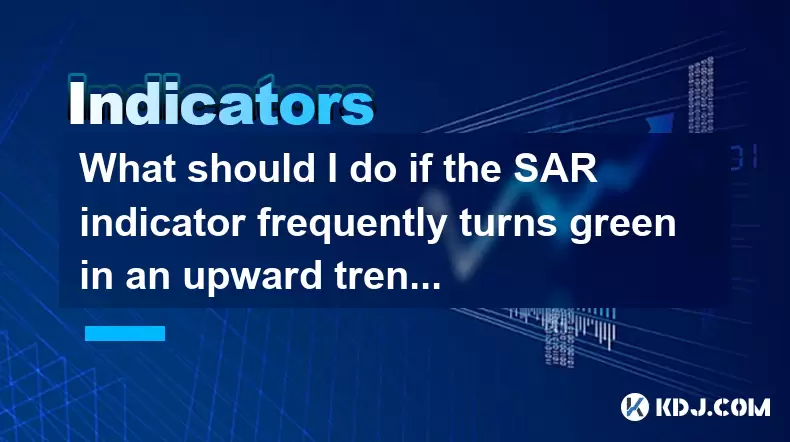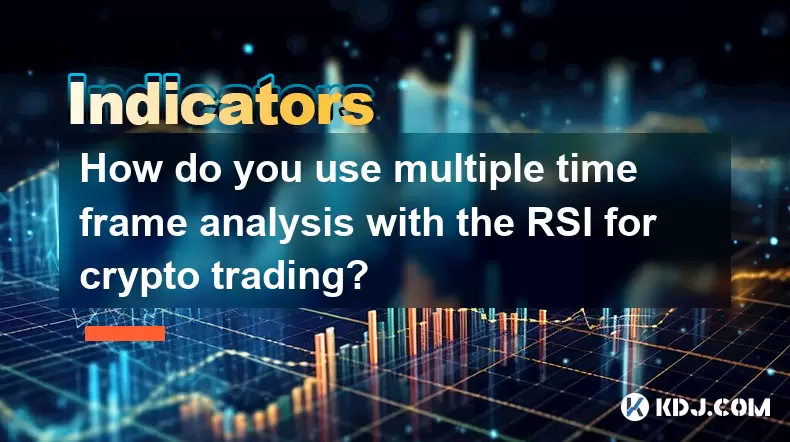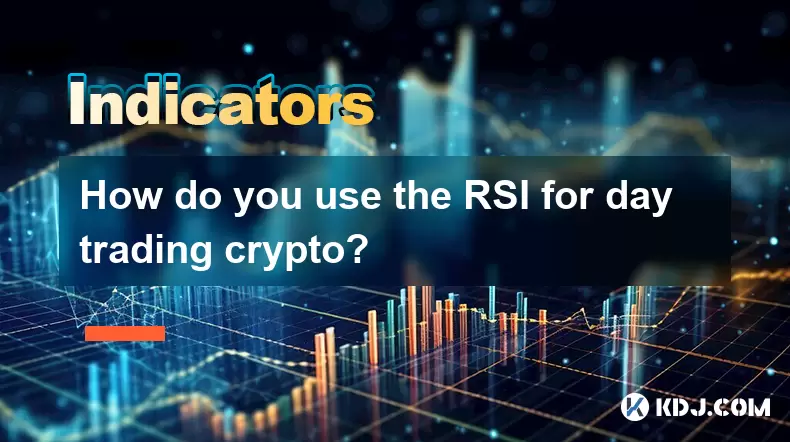-
 Bitcoin
Bitcoin $118400
0.47% -
 Ethereum
Ethereum $3836
2.20% -
 XRP
XRP $3.157
2.98% -
 Tether USDt
Tether USDt $0.9999
-0.03% -
 BNB
BNB $801.5
1.31% -
 Solana
Solana $180.9
2.07% -
 USDC
USDC $0.9999
-0.02% -
 Dogecoin
Dogecoin $0.2225
2.50% -
 TRON
TRON $0.3285
-1.02% -
 Cardano
Cardano $0.7789
2.60% -
 Hyperliquid
Hyperliquid $43.60
2.39% -
 Sui
Sui $3.892
4.41% -
 Stellar
Stellar $0.4229
3.34% -
 Chainlink
Chainlink $18.01
3.98% -
 Hedera
Hedera $0.2745
6.77% -
 Bitcoin Cash
Bitcoin Cash $582.3
3.38% -
 Avalanche
Avalanche $23.77
1.04% -
 Ethena USDe
Ethena USDe $1.001
0.01% -
 Toncoin
Toncoin $3.493
3.59% -
 Litecoin
Litecoin $110.0
2.48% -
 UNUS SED LEO
UNUS SED LEO $8.936
-0.37% -
 Shiba Inu
Shiba Inu $0.00001304
2.49% -
 Uniswap
Uniswap $9.999
1.09% -
 Polkadot
Polkadot $3.897
3.26% -
 Monero
Monero $308.6
-0.83% -
 Dai
Dai $0.9999
-0.01% -
 Bitget Token
Bitget Token $4.504
-0.04% -
 Pepe
Pepe $0.00001154
2.95% -
 Cronos
Cronos $0.1471
3.06% -
 Ethena
Ethena $0.6691
19.53%
What should I do if the SAR indicator frequently turns green in an upward trend?
The SAR frequently turns green in uptrends due to strong momentum, short-term volatility, and timeframe sensitivity, indicating sustained bullishness when confirmed with other indicators.
Jun 21, 2025 at 04:49 pm

Understanding the SAR Indicator in an Uptrend
The SAR (Stop and Reverse) indicator is a popular technical analysis tool used by traders to identify potential reversals in price movement. When the SAR dots appear below the price, it indicates a bullish trend, and when they flip above the price, it signals a bearish reversal. In an uptrend, if the SAR frequently turns green, this typically means that the indicator keeps resetting its position below the price, suggesting that the bullish momentum remains intact despite occasional pullbacks or consolidations.
It’s important to note that the SAR can be overly sensitive during strong trends, especially on shorter timeframes. This sensitivity may lead to multiple false signals if not interpreted correctly.
Tip: The color change of the SAR does not necessarily indicate strength or weakness alone; it must be analyzed in conjunction with other tools like moving averages or volume indicators.
Why Does the SAR Frequently Turn Green During an Uptrend?
There are several reasons why the SAR might frequently turn green during a rising market:
- Strong Momentum: If the price continues to rise steadily without significant pullbacks, the SAR will trail behind and remain green.
- Short-Term Volatility: Minor corrections or sideways movements within a larger uptrend can cause the SAR to reset but quickly return to a bullish state.
- Timeframe Sensitivity: On smaller timeframes such as 5-minute or 15-minute charts, the SAR reacts more quickly to price changes, leading to frequent color shifts.
Understanding these dynamics helps prevent premature exits from profitable trades.
Important: A frequently green SAR should not be seen as a warning sign unless accompanied by clear bearish candlestick patterns or divergences in other indicators.
How to Confirm the Validity of a Green SAR Signal
Relying solely on the SAR can result in misleading signals. To confirm the validity of a green SAR signal in an uptrend, consider combining it with the following tools:
- Moving Averages: Use the 20-period or 50-period Exponential Moving Average (EMA) to confirm whether the price is still above key support levels.
- RSI (Relative Strength Index): Check for overbought conditions or bearish divergence between RSI and price action.
- Volume Analysis: Increasing volume during upward moves confirms strength in the uptrend.
- Trendlines: Draw support lines to visually assess whether the trend remains intact.
These additional layers of confirmation help filter out noise and enhance trading decisions.
Adjusting SAR Settings to Reduce False Signals
One effective way to manage frequent SAR color changes is to tweak its default settings. The standard SAR uses an acceleration factor starting at 0.02 and increasing by 0.02 up to a maximum of 0.20. However, you can adjust these values depending on your trading style:
- For longer-term traders, reducing the acceleration factor (e.g., 0.01) makes the SAR less reactive and smoother.
- For scalpers or intraday traders, slightly increasing the acceleration factor (e.g., 0.03–0.05) allows quicker responses to short-term price changes.
Here's how to adjust the SAR settings on most platforms:
- Open the chart and locate the indicator options
- Find the SAR settings section
- Modify the acceleration factor and maximum value
- Apply and observe the impact on past price data
Backtesting after adjustments ensures that the modified SAR aligns better with your strategy.
Managing Risk When SAR Keeps Turning Green
Even if the SAR stays green, it doesn't mean the trend will continue indefinitely. Managing risk becomes crucial in such scenarios. Here are some steps to follow:
- Set trailing stop losses just below recent swing lows or the SAR dots themselves.
- Avoid holding positions too close to known resistance areas unless there’s a breakout.
- Use position sizing to reduce exposure during uncertain phases where the SAR shows instability.
- Monitor macro factors such as news events or exchange announcements that could affect crypto prices unexpectedly.
A disciplined approach to risk ensures that even if a green SAR eventually flips red, your portfolio remains protected.
Note: Always use stop-loss orders when following SAR-based strategies due to the volatile nature of cryptocurrency markets.
Frequently Asked Questions
Q: Can I rely solely on the SAR indicator in crypto trading?
A: While the SAR is useful for identifying trend direction and potential reversals, relying on it alone increases the risk of false signals. Combine it with other tools like volume, RSI, or moving averages for better accuracy.
Q: Should I exit my long position every time the SAR turns red?
A: Not necessarily. In strong uptrends, the SAR can flip red briefly before returning green again. Wait for confirmation through candlestick patterns or other indicators before exiting.
Q: Is the SAR suitable for all cryptocurrencies?
A: Yes, the SAR works across all assets, including cryptocurrencies. However, highly volatile coins may generate more frequent SAR signals, requiring parameter adjustments or additional filters.
Q: What timeframe works best with the SAR indicator in crypto?
A: The SAR performs well on medium timeframes like 1-hour or 4-hour charts. Shorter timeframes may produce excessive noise, while longer timeframes offer fewer but potentially more reliable signals.
Disclaimer:info@kdj.com
The information provided is not trading advice. kdj.com does not assume any responsibility for any investments made based on the information provided in this article. Cryptocurrencies are highly volatile and it is highly recommended that you invest with caution after thorough research!
If you believe that the content used on this website infringes your copyright, please contact us immediately (info@kdj.com) and we will delete it promptly.
- SEC, Crypto, and Securities: Navigating the New Frontier
- 2025-08-01 05:10:12
- Cardano (ADA) Market Cap: Can It Compete with Emerging Cryptocurrencies and Meme Coins?
- 2025-08-01 04:30:12
- SEC, Crypto, and On-Chain: Navigating the Regulatory Maze
- 2025-08-01 02:31:40
- Jito Labs, Solana, and Liquid Staking: Riding the Wave of Innovation
- 2025-08-01 03:50:12
- Perpetual DEX: Navigating Onchain Trading and Solving Core Problems, a NY Perspective
- 2025-08-01 03:57:53
- Bitcoin Bullish Market: How Long Positions are Boosting the Crypto King
- 2025-08-01 02:35:33
Related knowledge

How do you use multiple time frame analysis with the RSI for crypto trading?
Aug 01,2025 at 05:19am
Understanding the Role of RSI in Crypto TradingThe Relative Strength Index (RSI) is a momentum oscillator that measures the speed and change of price ...

How can you use the RSI to determine exit points in crypto trades?
Aug 01,2025 at 04:29am
Understanding the Role of RSI in Crypto TradingThe Relative Strength Index (RSI) is a momentum oscillator widely used in the cryptocurrency market to ...

How do you use the RSI for day trading crypto?
Aug 01,2025 at 05:26am
Understanding the RSI in Cryptocurrency TradingThe Relative Strength Index (RSI) is a momentum oscillator that measures the speed and change of price ...

What does it signify when the MACD crosses below the zero line?
Aug 01,2025 at 01:43am
Understanding the MACD IndicatorThe Moving Average Convergence Divergence (MACD) is one of the most widely used technical analysis tools in the crypto...

How does the MACD histogram show momentum?
Aug 01,2025 at 01:16am
Understanding the MACD Histogram and Its Role in Cryptocurrency TradingThe MACD histogram is a visual representation of the difference between the MAC...

What is a MACD crossover?
Jul 31,2025 at 11:52pm
Understanding the Role of Private Keys in Cryptocurrency SecurityIn the world of cryptocurrency, private keys are the cornerstone of ownership and con...

How do you use multiple time frame analysis with the RSI for crypto trading?
Aug 01,2025 at 05:19am
Understanding the Role of RSI in Crypto TradingThe Relative Strength Index (RSI) is a momentum oscillator that measures the speed and change of price ...

How can you use the RSI to determine exit points in crypto trades?
Aug 01,2025 at 04:29am
Understanding the Role of RSI in Crypto TradingThe Relative Strength Index (RSI) is a momentum oscillator widely used in the cryptocurrency market to ...

How do you use the RSI for day trading crypto?
Aug 01,2025 at 05:26am
Understanding the RSI in Cryptocurrency TradingThe Relative Strength Index (RSI) is a momentum oscillator that measures the speed and change of price ...

What does it signify when the MACD crosses below the zero line?
Aug 01,2025 at 01:43am
Understanding the MACD IndicatorThe Moving Average Convergence Divergence (MACD) is one of the most widely used technical analysis tools in the crypto...

How does the MACD histogram show momentum?
Aug 01,2025 at 01:16am
Understanding the MACD Histogram and Its Role in Cryptocurrency TradingThe MACD histogram is a visual representation of the difference between the MAC...

What is a MACD crossover?
Jul 31,2025 at 11:52pm
Understanding the Role of Private Keys in Cryptocurrency SecurityIn the world of cryptocurrency, private keys are the cornerstone of ownership and con...
See all articles

























































































